Gum Disease Treatment – San Juan Capistrano, CA
Build and Maintain Happy, Healthy Gums
If you’re like many others, you might only consider your teeth when you think of your dental health. However, having healthy connective tissues is essential to your oral well-being. At our office in San Juan Capistrano, Dr. Omrani offers treatments that can help you build and maintain happy, healthy gums.
Continue reading to learn more about the specific procedures we provide, and feel free to contact our office for additional information.

Why Choose Platinum Dental Group of San Juan Capistrano for Gum Disease Treatment?
- In-House Periodontal Memberships Available
- Advanced Technology to Enhance Patient Comfort
- Accomplished Dentist with Twenty Years of Experience
What is Gum Disease?
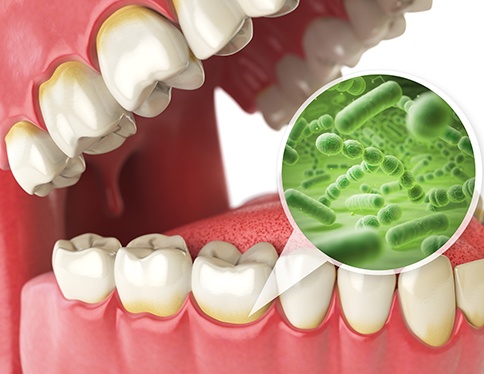
Your mouth is full of bacteria, some of which are harmful to your smile. For instance, if germs are able to form plaque along your gumline, they can penetrate your connective tissues, resulting in an infection that only gets progressively worse the longer it remains untreated.
Gingivitis, the earliest stage, can sometimes be halted or even reversed by improving your at-home dental hygiene habits. Unfortunately, it can be difficult to catch before it progresses into more advanced periodontal problems, which can often be managed but not cured.
You might be at an increased risk of developing gum disease if you smoke cigarettes, vape, or use tobacco products. Those with certain medical conditions, like diabetes, or who are taking certain prescription medications that cause dry mouth, are also more likely to develop an issue. Finally, hormonal changes because of pregnancy or menopause can also increase your vulnerability to periodontal problems.
Symptoms of Gum Disease
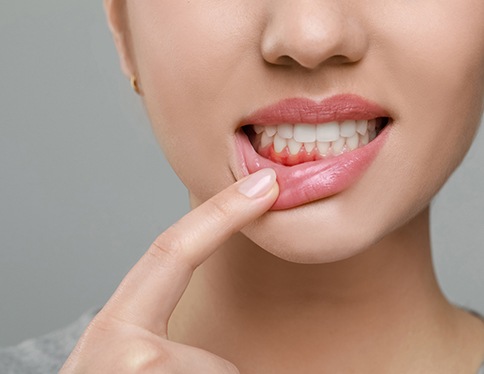
Understanding the early indicators of gum disease can help you get help before your condition worsens. You might have developed periodontal disease if you exhibit the following symptoms:
Gingivitis:
- Halitosis, or chronic bad breath.
- Red or swollen gum tissues.
- Bleeding or oozing when you brush or floss.
- Tenderness or increased sensitivity.
- Darkening of your connective tissues.
- Gum recession.
Periodontitis:
- Pain when chewing or biting down.
- Destabilized, loose, or wobbly adult teeth.
- Sensitivity or tenderness, especially when eating anything too hot or cold.
- Change in the fit of restorations, such as partial dentures.
- Permanent tooth loss.
- A change in your bite alignment.
How Do We Treat Gum Disease?

Everyone’s circumstances are unique, so before our team can provide a suitable treatment plan, you must schedule a consultation with Dr. Omrani. First, we’ll update your medical history to avoid any actions that might result in adverse effects, then we’ll examine your mouth to determine the extent of the damage.
Once we know what’s needed to improve your condition, we might recommend one of the following services.
Scaling & Root Planing
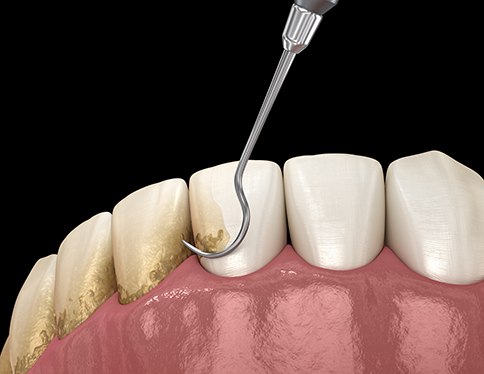
Scaling and root planing is an effective periodontal treatment designed to eliminate stubborn accumulations of plaque and tartar and help the gums reintegrate with the dental structure, and it is commonly used to resolve advanced infections. This treatment can prevent a host of oral and overall health issues like tooth loss, chronic discomfort, and potentially dangerous secondary infections. Here’s a quick look at how the team at Platinum Dental Group can help restore the health of your gums.
Do You Need Scaling & Root Planing?
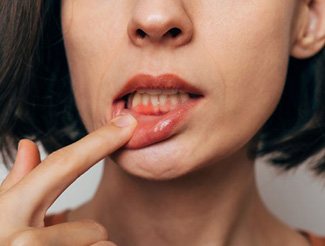
Severe gum disease can show itself through symptoms like:
- Redness
- Swelling
- Bleeding while brushing or flossing
- Gum recession
- Persistent bad breath (halitosis)
- Visible plaque accumulations
- Pain when chewing
- Loose teeth
While gum disease can often be reversed in its early stages with improved oral hygiene habits, managing or resolving advanced cases will require professional treatment. Scaling and root planing is often the best way for Dr. Omrani to address severe gum disease.
The Process of Scaling & Root Planing

Scaling and root planing is a common treatment for advanced gum disease and will usually require two separate appointments. During the first scheduled visit, our team will carefully remove plaque and tartar buildup from your enamel and from along the roots of your teeth using specialized dental instruments that can safely reach deep into the pockets of your gums.
During the second appointment, Dr. Omrani will gently smooth the surfaces of the roots of your teeth to remove any hardened deposits and encourage your gums to reattach to your enamel. This also helps prevent reinfection by making it harder for bacteria to colonize the space between your teeth and your soft tissues.
Aftercare Tips for Scaling & Root Planing

The scaling and root planing process is often rather intensive, so it may be several weeks before the patient’s teeth and gums feel normal again. During this period, your mouth will probably be more sensitive than usual. To stay comfortable and encourage proper healing after this treatment, Keep the following guidelines in mind:
- Rinse your mouth with warm saltwater after eating to ease swelling, loosen food debris, and kill harmful bacteria. Make your saltwater rinse by mixing a quarter teaspoon of salt per eight ounces of water.
- Be gentle when brushing. Use a soft-bristled toothbrush since hard bristles can be harsh on your healing tissues. Take care to slowly and gently brush in circular motions to avoid irritating your gums.
- Avoid foods and beverages that are hot, spicy, acidic, or alcoholic to avoid sensitivity and irritation.
- Abstain from using tobacco.
- Stick to a soft diet for the first 48 hours after treatment.
Refrain from intense physical activity for a few days after the procedure to avoid strain that can delay the healing process.
Laser Periodontal Treatment
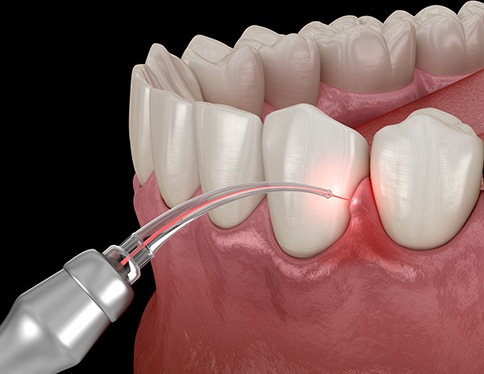
If you have severely diseased or decayed tissues that are interfering with your dental health, Dr. Omrani can carefully remove the damaged materials using a soft tissue laser. This device utilizes a highly concentrated beam of light, rather than a scalpel, which minimizes the risk of swelling and bleeding, and can significantly reduce the risk of infection during recovery.
